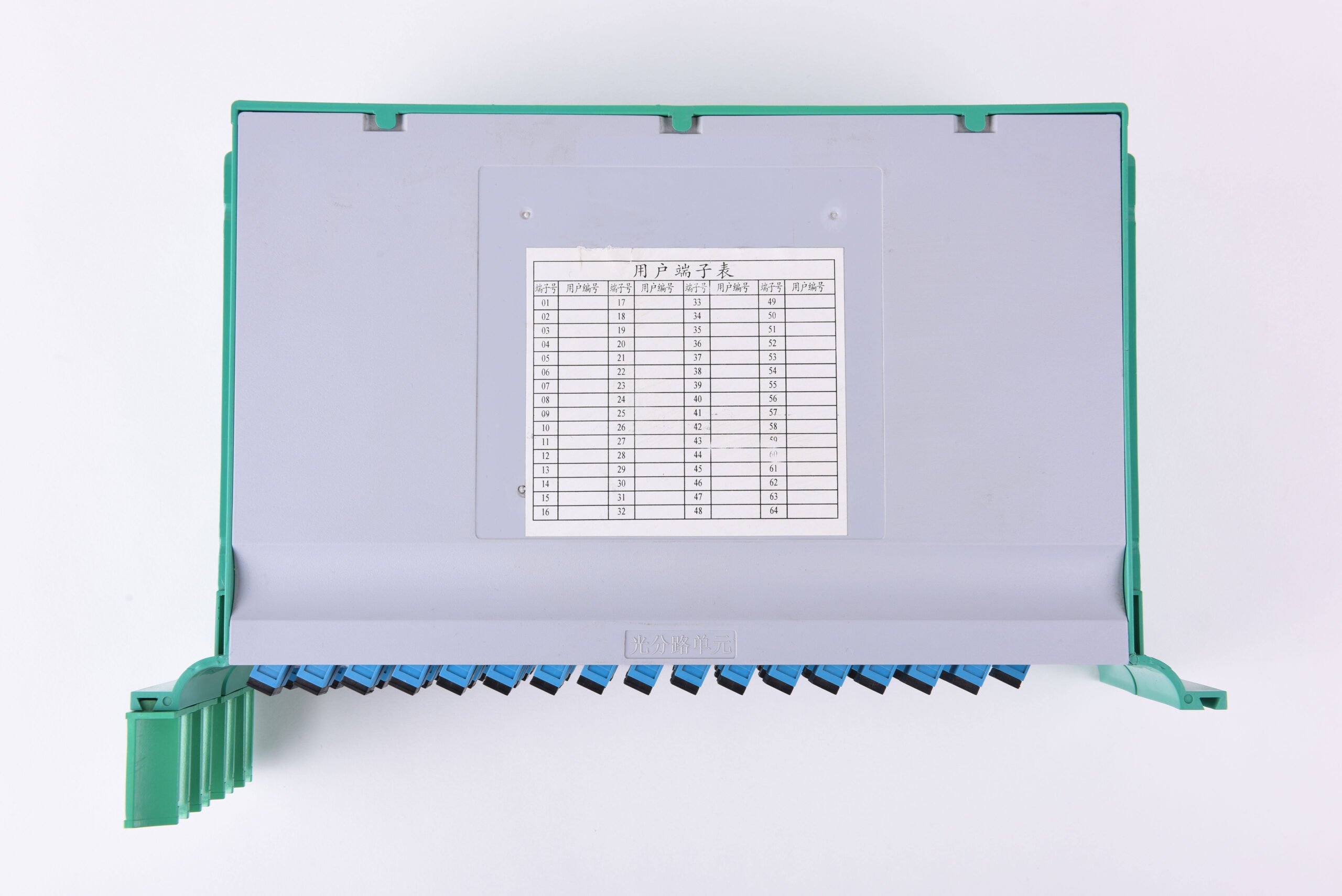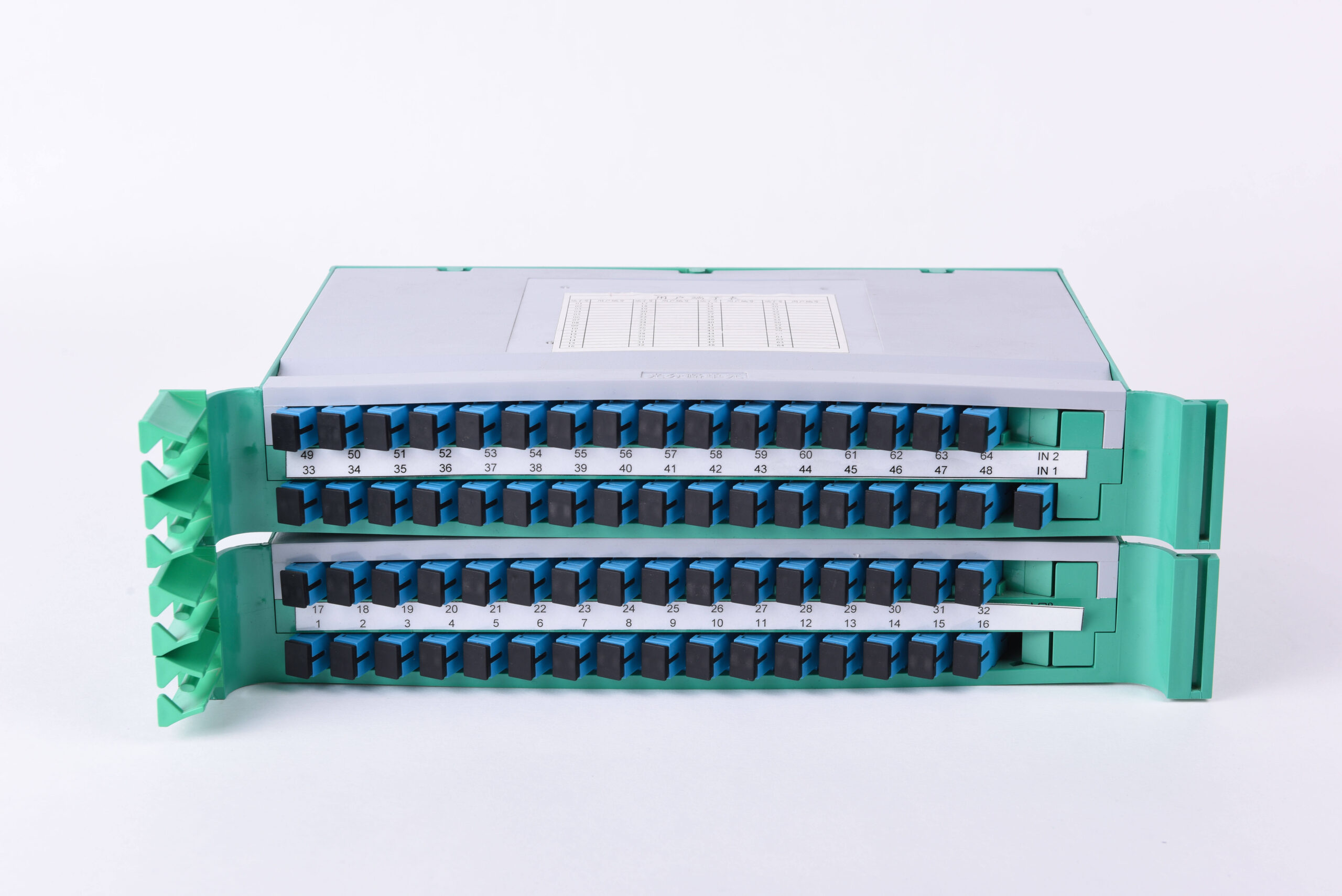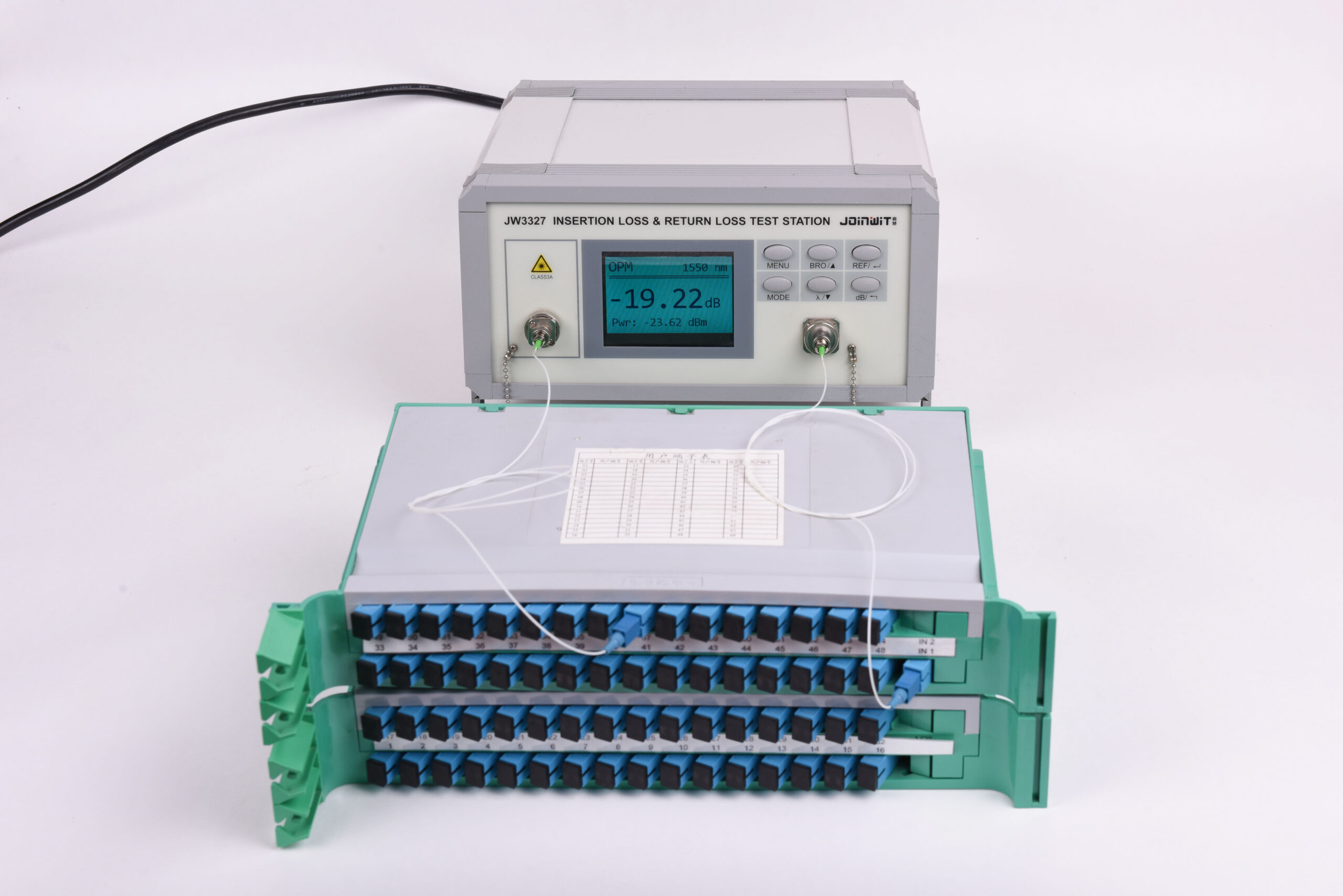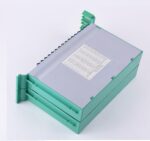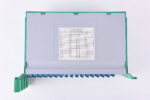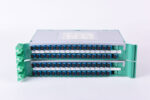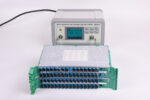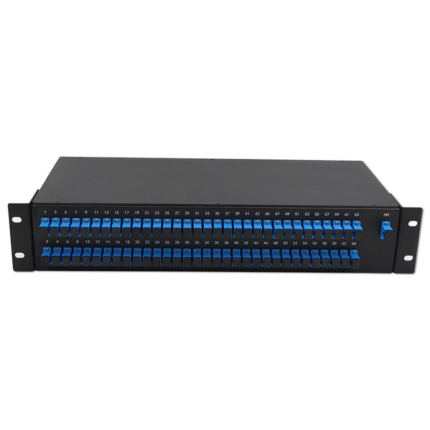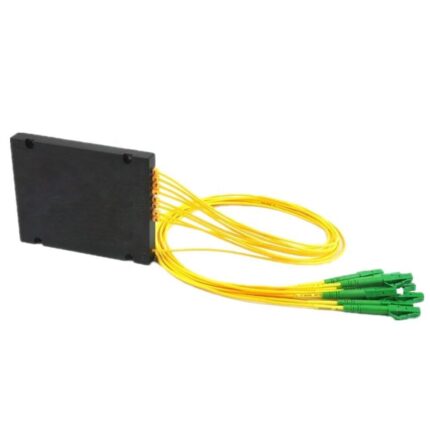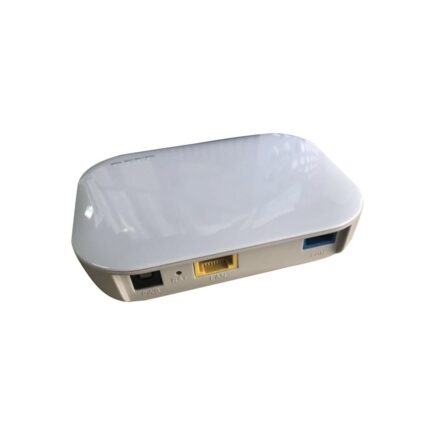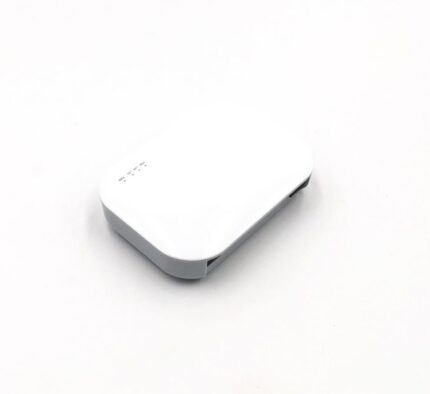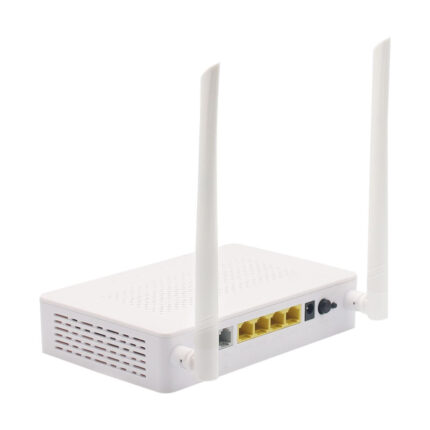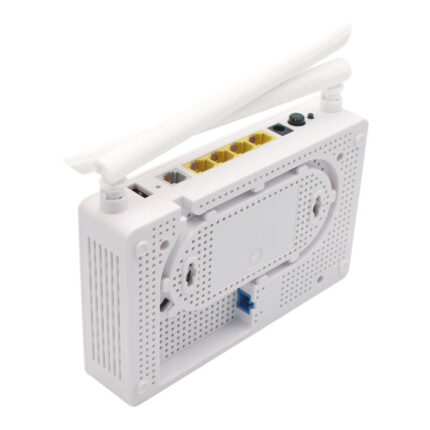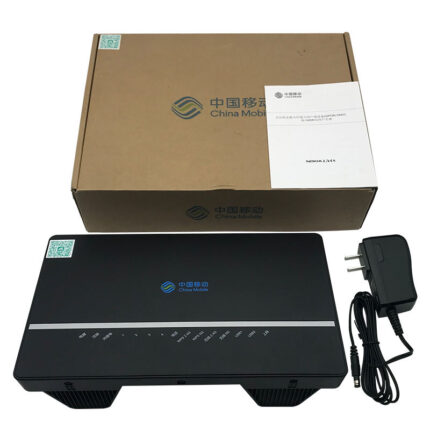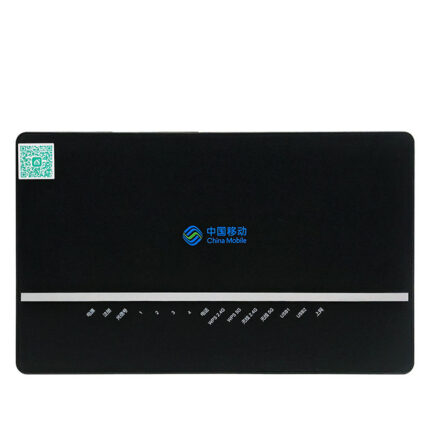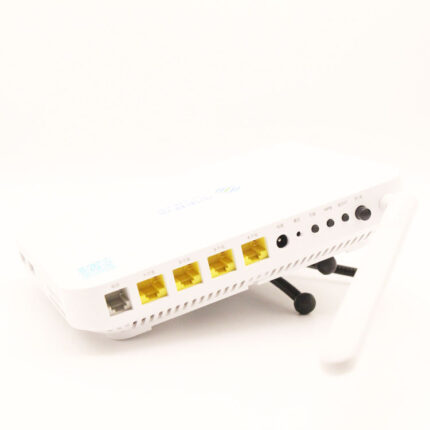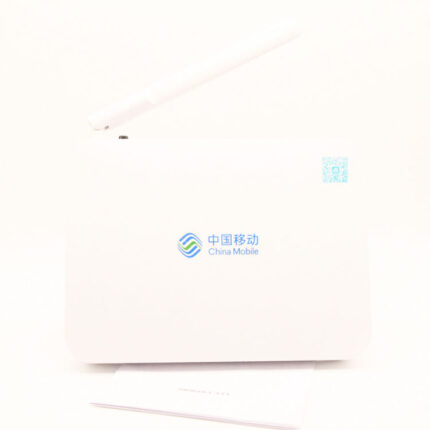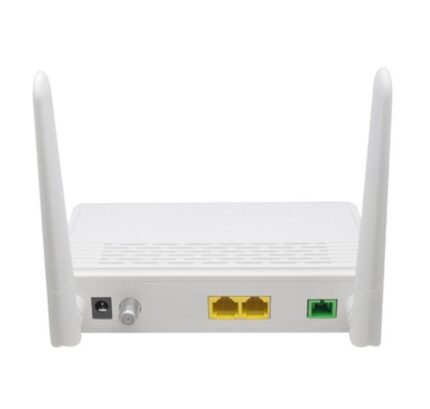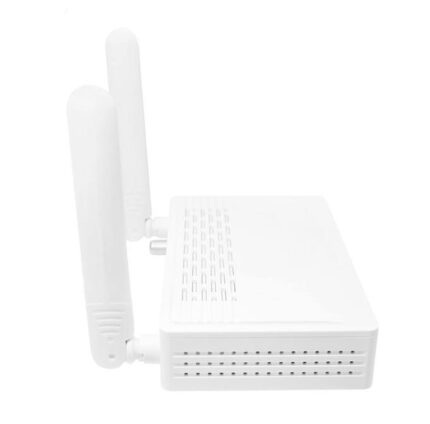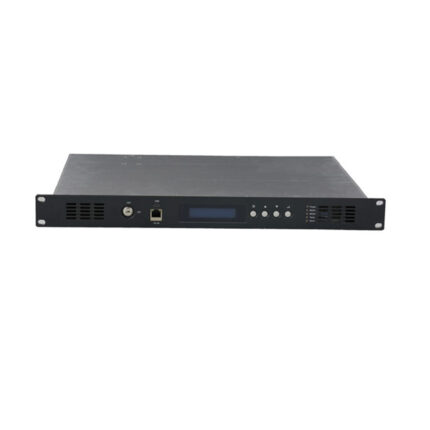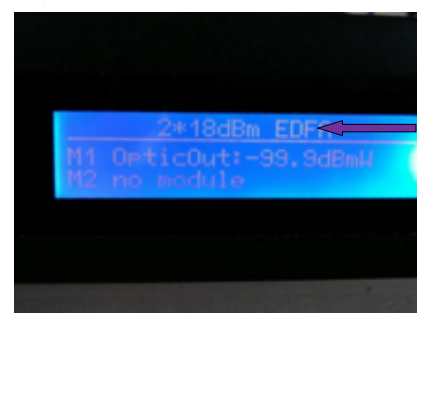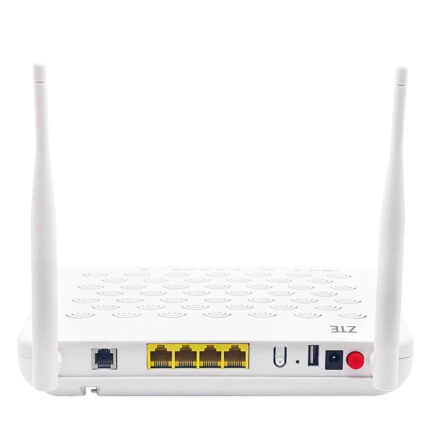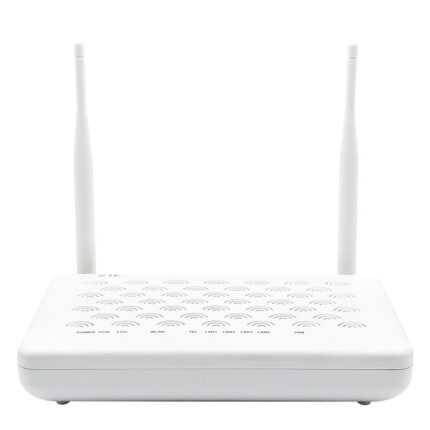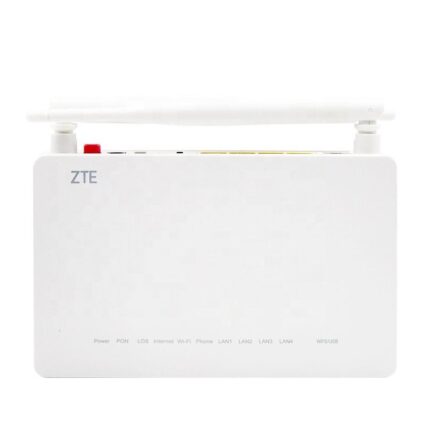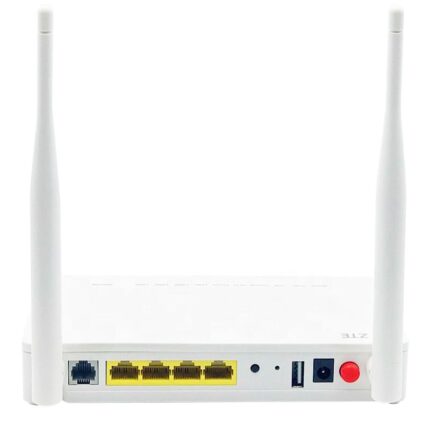1×64 PLC Splitter Description:
The 1×64 PLC Splitter is branching devices that is used to distribute optical signals to multiple locations for processing. In optical networks, it is often necessary to split an optical signal into many identical signals, or to combine many signals into a single signal. The Optical Splitter is a highly efficient and reliable device designed for splitting a single optical signal into multiple output signals. It is commonly used in optical communication systems for transmitting signals over long distances.
This device is ideal for use in both residential and commercial applications, such as Ethernet networks, CATV networks, and fiber optic networks. Bare fiber PLC splitters have no connectors at the bare fiber end and therefore require a complete set of protection on the carrying case and device/equipment. It can be splicing with pigtail cassettes, test instruments, and other fibers in WDM systems to minimize space footprint.
Features:
l Low Insertion loss and PDL
l Compact Design
l Good channel-to-channel uniformity
l Wide Operating Wavelength: From 1260nm to 1650nm
l High Reliability and Stability
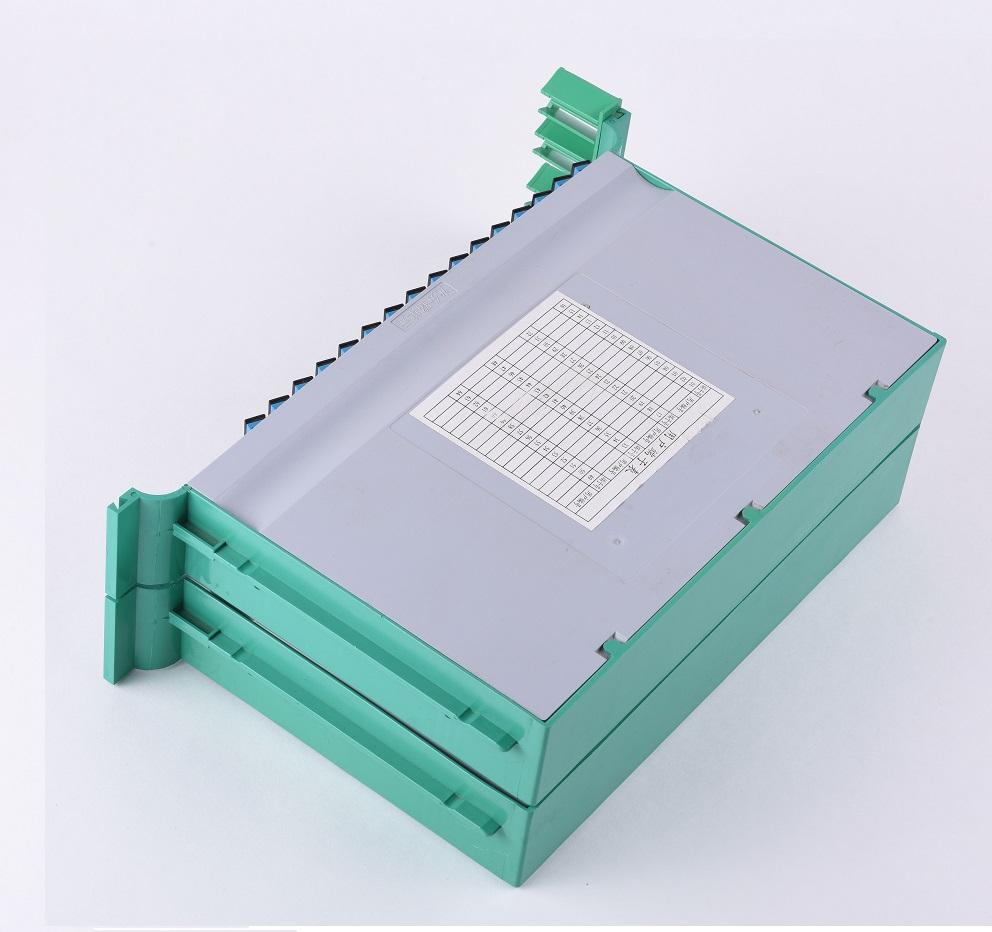
Applications:
l FTTX Systems
l PON Networks
l CATV
l Optical Signal Distribution
1×64 PLC Splitter Specifications:
|
Parameters |
1×2 |
1×4 |
1×8 |
1×16 |
1×32 |
1×64 |
1×128 |
|
Operating wavelength |
1260 ~1650nm |
||||||
| Insertion Loss (dB)(P/S Grade) |
3.6/4.0 |
7.2/7.4 |
10.2/10.5 |
13.5/13.7 |
16.2/16.7 |
20.5/21 |
23.8/24.5 |
|
uniformity (dB) |
0.4 |
0.6 |
0.8 |
1.0 |
1.2 |
1.8 |
2.0 |
|
PDL (dB) |
0.2 |
0.2 |
0.3 |
0.3 |
0.3 |
0.4 |
0.5 |
| Return Loss (dB) |
≥55 |
||||||
| Directivity (dB) |
≥55 |
||||||
| TDL(dB) |
0.5 |
||||||
| Operating/Storage Temperature (℃) |
-40~85 |
Fiber networks use thin strands of glass to transmit light signals over long distances. Light travels through the fiber until it eventually is converted back into data and for use by network applications. Mini Type PLC Splitters resemble bare PLC splitters in terms of apperance but have a more compact and protective stainless steel package to enhance protection for the fibers. They feature fiber optic connectors at their fiber ends, commonly available in SC, LC, FC, and ST. This eliminates the need for fiber splicing during installation.
|
Parameters |
2×2 |
2×4 |
2×8 |
2×16 |
2×32 |
2×64 |
2×128 |
|
Operating wavelength |
1260 ~1650nm |
||||||
| Insertion Loss (dB)(P/S Grade) |
3.8/4.2 |
7.5/7.8 |
10.7/11 |
14/14.2 |
17/17.5 |
21/21.5 |
25/25.5 |
|
uniformity (dB) |
0.6 |
1.0 |
1.2 |
1.5 |
1.8 |
2.0 |
2.5 |
|
PDL (dB) |
0.2 |
0.2 |
0.3 |
0.3 |
0.3 |
0.4 |
0.4 |
| Return Loss (dB) |
≥55 |
||||||
| Directivity (dB) |
≥55 |
||||||
| TDL (dB) |
0.5 |
||||||
| Operating/Storage Temperature (℃) |
-40~85 |
||||||
| Note: All the data above does not include connector |
An ABS Module Fiber Splitter refers to a type of fiber optic splitter that is packaged in an ABS (Acrylonitrile Butadiene Styrene) plastic module. ABS is a durable and lightweight thermoplastic known for its strength and impact resistance, making it suitable for protecting the internal optical components and cables of the splitter.
LGX PLC splitter or LGX Cassette PLC splitter has a sturdy metal box to accommodate the PLC splitter. It can be used independently or easily installed in a standard fiber optic patch panel or fiber optic enclosure/chasis. The standard LGX metal box housing provides a plug-and-play method to integrate into the network, eliminating any risks during the installation process. There is no need for on-site splicing or skilled personnel during the deployment process.
